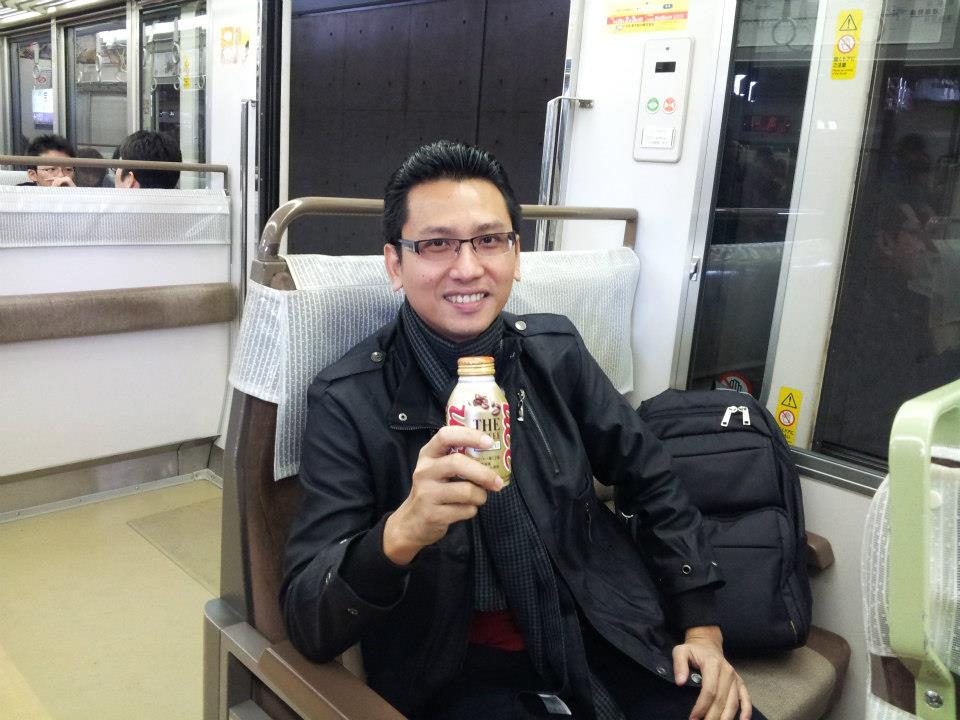Why do we need this Cool Island Pavement Technology as an Alternative UHI Reduction?
The phenomenon of the heating process in the city, also called urban heat island (UHI), already experience by major cities since many decades ago. The air temperature in the urban areas can be up to 2.5 oC higher than its surrounding rural area. The process of urbanization, such as replacing the green areas in the city with concrete and asphalt for building and road pavement, respectively is one of the major factors that contribute to the urban heat islands. Pavements occupy about 25-50% of the total land use in the cities and consider as major factors that cause the phenomenon of UHI. Mostly the conventional pavement is made from asphalt bitumen, which is dark in color and also impermeable. This property causing the pavement absorbed more heat rather than reflect it.
Cool-Island Pavement is a resin-based asphalt surface coating, with special reflective aggregate from waste materials. The material is originally from wasted tiles mix together with sand to improve its physical properties, as a necessary ingredient to be a top layer of the coating material. Ceramic tiles production wastes also can be used as main materials for manufacturing paving block. The waste tile contained both coarse and fine particles which can replace the aggregates traditionally used in cement pavers. The addition of these wastes with ordinary Portland cement (OPC) could give the high strength at later stages. Waste ceramic tiles can be used as materials in cement production, due to its pozzolanic properties When pozzolan materials combine with calcium oxide, it will create cement properties, which is able to increase the long-term strength of the concrete. The addition of waste tiles into concrete mix materials can reduce the cost of cement instead of solving the problem of treating wastes or unused ceramic tiles.
Some of the previous coating material to reduce heat (temperature) is directly by combining the asphalt and chemically mixed in the coating binder. However, the commercial product has been limited to only specialized personnel and need extra cost on the construction activity. This product is totally independent of the existing cool-pavement, as the major contribution is to enhance the workability of water retentive and thermal barrier. The uniqueness of this proposed invention is the combination of a different kind of tiles composition that theoretically will achieve higher solar reflectivity, not only act as a thermal barrier. As the reflectivity improved, the surface temperature of the existing pavement will immediately be cooling down. Pre-pilot testing results at the car park area have shown that the product can reduce the temperature of the asphalt surface at approximately 5 degrees Celsius during peak solar intensity. In addition, the ambient temperature is reduced to only 28 degrees Celsius as compared to the non-installation of the product. Since the surface temperature decreased, urban heat island (UHI) phenomena will be further insignificant causing less energy for building properties. Consequently, the energy consumption for the indoor buildings will least require and thus, helping for reducing electricity bills. The proposed cool-island pavement can be implemented in both new and existing asphalt pavement, e.g. parking lots, commercial facilities, and theme parks.
Malaysia is expected to have a UHI problem in the future due to the rapid development of a new city. Therefore, this new cool pavement technology can reduce the effect of UHI, as it should solve many problems from the heated cities in Malaysia. Application of the cool pavement technology can also mitigate UHI problems, as well as combating global warming influences. Furthermore, without proper mitigations, the UHI impact could affect most of the cities and urban areas.
Pages: 1 2
